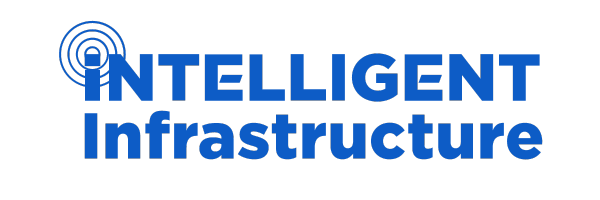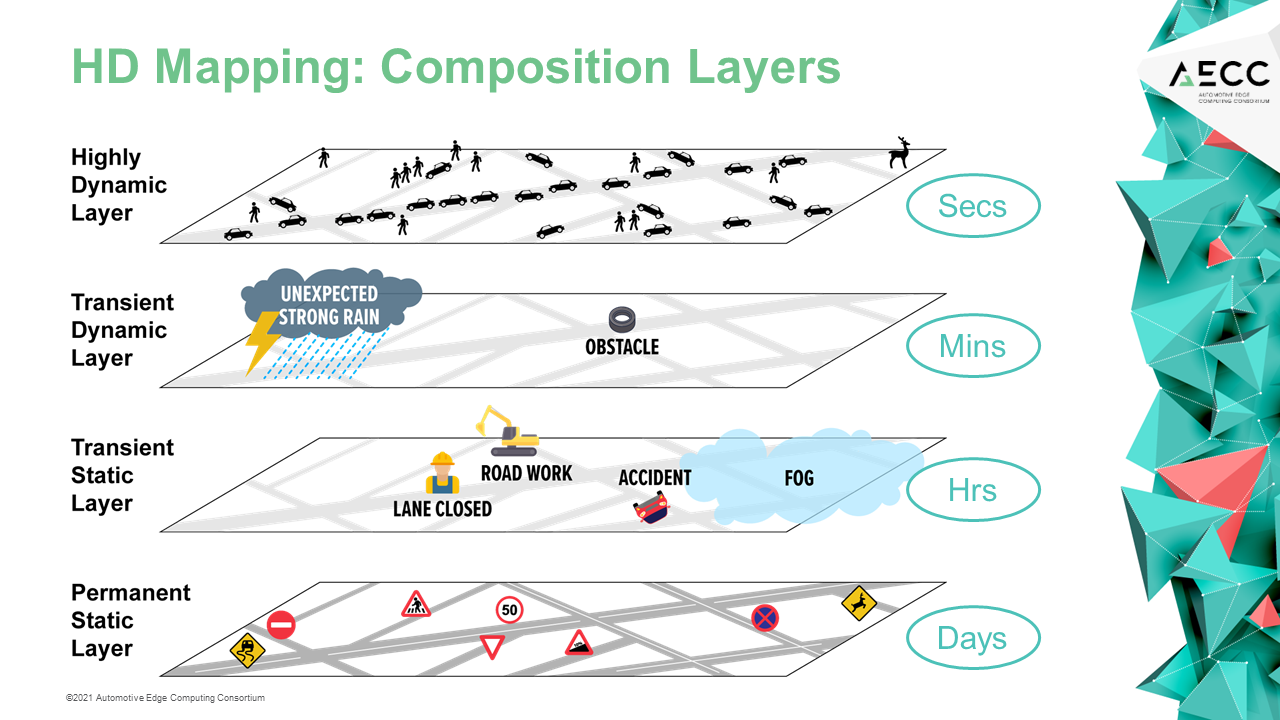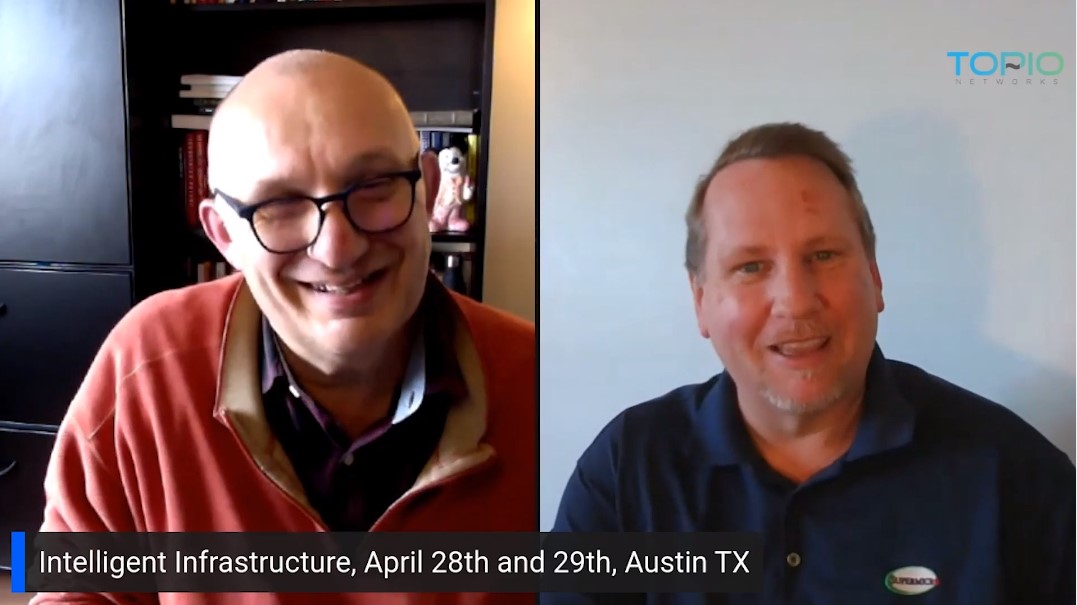Speaker interview with James Thomason
CTO and CoFounder, EDJX
Why is Intelligent Infrastructure such an exciting market today ?
Intelligent infrastructure is the foundation of a smart city and the building block of Industry 4.0.When founder and executive chairman of the World Economic Forum Klaus Schwab coined the phrase “Fourth Industrial Revolution,” he had in mind a vision of the future marked by massive technological breakthroughs. Robotics, AI, extended reality, nanotech, decentralized decision-making and autonomous machines would fast become the buzzwords of Industry 4.0. Industry 4.0, and the pursuit of greater efficiency, automation and autonomy at scale, popularized a previously little-known architectural model called Internet of Things, or IoT. Tied to IoT is the plethora of devices connecting to the internet, currently estimated to reach 1T by 2025. There is a data tsunami thanks to the increasingly growing number of IoT sensors and endpoints that are sprouting at the edge. Intelligent infrastructure will enable developers not only to access the data but also develop applications that will take advantage of the data. This infrastructure will be distributed so as to locate processing and intelligence where it needs to be. For EDJX, intelligent infrastructure means tapping into a network of heterogeneous systems to enable developers, content owners and data producers to accelerate innovation at planet scale and create a truly hyperconnected world that will enable the communication between humans, devices, code and machines. Computing in the era of hyperconnectivity will power augmented reality, enable decision-making via AI and machine learning, help operate cars and increase public safety. It is at this inflection point that EDJX sees the need for a new infrastructure compatible with the cloud and the mobile app platforms. The edge is foundational to this change.
EDJX have been proponents of the multi-tenancy approach to deploying edge computing. Why do you believe this is so important?
EDJX believes that multi-tenancy is a business imperative tied to intelligent infrastructure. Today, IT infrastructure at the Edge is characterized by customized point solutions and a fatally fragmented vendor ecosystem. Everybody, it seems, is reinventing the same wheels. It’s not surprising that early surveys of IoT, one of the growing use cases for the edge, revealed that a staggering percentage — nearly 75% — of enterprise IoT projects failed to progress beyond the experimental stage. Most of those projects do generate savings or efficiencies but they failed because the overall total cost of ownership is too high. Intelligent Infrastructure will emerge much the same way that IaaS emerged at the dawn of cloud computing to enable deployment of the profitable projects at scale. The economics of utility always prevail when market pressure meets critical mass.
Intelligent Infrastructure will be underpinned by an OS for the edge, a common platform designed to deliver compute power where it needs to be automatically to accommodate the imperatives of Intelligent Infrastructure without creating more DevOps headaches or friction for IoT developers. This OS will provide distributed computing that embraces a decentralized framework driven by protocols rather than products. It will be designed for low latency and deployment models that break developers free from the iron shackles of legacy compilers and orchestrators that truly have no place at the edge. Perhaps most importantly, a common OS for the edge would embrace multi-tenancy as a business prerogative, thereby expanding the perimeter of the edge economy.
The consequence of Intelligent Infrastructure means content, code and data delivery will be achieved at dramatically lower costs. But it also means a changing economic model for the supply chain. A decentralized value chain means everyone from data center owners, tower companies, network providers and hardware OEMs can generate a scalable return on edge.
In the big picture, digital infrastructure will usher in the evolutionary transition from custom-built systems to highly scalable and widely applicable product ecosystems. It will mark the inflection point, as Simon Wardley would describe, to the hockey stick of industry growth and prosperity. Industry 4.0 is about to come of age.
Can you give some key application areas you expect to be enabled by the multi tenancy edge platforms?
Any type of application developed at the edge of the network requiring ultra low latency and the cost economics expected from scale.
We see significant interest in application use cases like first responder physical threat detection, intelligent traffic systems, and connected vehicles. But there are obvious application use cases in the acceleration of content for consumers at the far edge of the network as well. Down the road, we expect the future to be consumed by emerging digital experience solutions like the metaverse.
What do you see as the key challenges in this market where the industry needs to collaborate for the full potential of the opportunity to be realized?
While public-entity cooperation varies dramatically by entity, leadership of these entities would be well-served to help grease the tracks for deployment of multi-tenant metropolitan form-factors, if they want to help stave off a dystopia – the mass proliferation of single-tenant infrastructure.
What are you looking forward to at the Intelligent Infrastructure conference in Austin?
We are looking forward to connecting with our industry peers in-person to continue building on our ideas and furthering the collaboration.
We are at the very beginning of a significant trend. We are looking forward to the Intelligent Infrastructure Conference to provide leadership and start educating the industry about why and how to create an infrastructure that will enable the country to build infrastructure at a lower cost and enable the future of the internet economy in a hyperconnected world.





